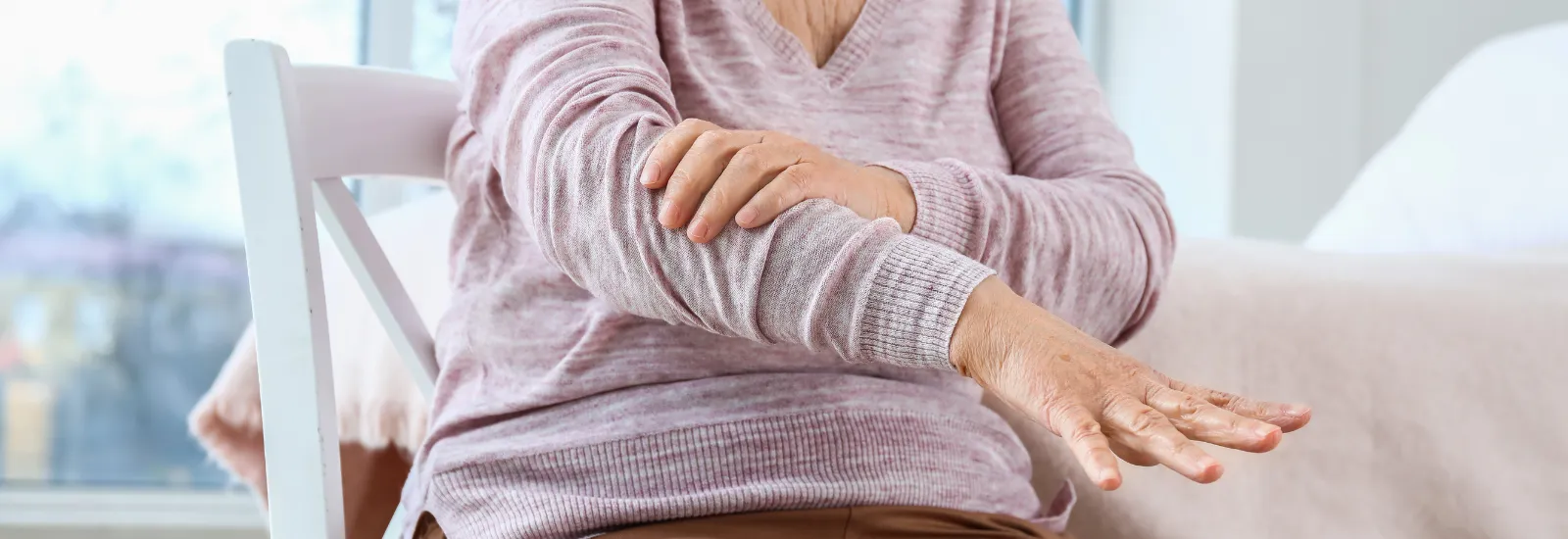
Managing Parkinson’s disease: physical exercise can help
4-minute read
The number of people with
Parkinson's disease has grown significantly over the past few years, with
current global estimates indicating more than 8.5 million people have the condition. No cure exists for Parkinson's disease yet, but
clinicians use various treatments to help patients manage symptoms. For people
with Parkinson's, physical exercise seems to help slow the progression,
according to many studies. Learn which types of physical activity are most
beneficial for those with Parkinson's disease.
The neurotransmitter connection
Parkinson's is a progressive
disorder primarily affecting the brain. It develops when nerve cells in the substantia
nigra, the area of the brain controlling movement, degenerate or die. In
response, the brain cannot produce dopamine.
Dopamine affects mood,
movement, learning ability, sleep, and other functions. When the body fails to
make dopamine, an imbalance occurs in the brain, leading to various symptoms.
People with Parkinson's
disease also lose the nerve endings that create norepinephrine. This chemical
messenger plays an important role in the sympathetic nervous system, which
releases hormones that control heart rate, blood pressure, and other essential functions.
As a result, people with Parkinson's often develop physical health symptoms,
such as irregular blood pressure.
Causes and symptoms of Parkinson's disease
Although medical researchers
know nerve cell damage in the brain causes Parkinson's disease, what makes
these neurons die remains unknown. Some theories suggest a person's environment
or genetics may be the reason, while others say rapid aging may be behind the
disease.
Since Parkinson's is progressive, symptoms will get worse with time. Many signs stem from dopamine loss and impact movement, leading to motor symptoms such as:
- Gradual loss of automatic and spontaneous movement
- Loss of balance and coordination
- Muscle stiffness of the limbs (mainly the arms, neck, and shoulders)
- Slower, more unstable walking
- Tremors (involuntary, rhythmic trembling of the arms, hands, legs, and jaw)
People with Parkinson's
disease may also experience:
- Bent posture, especially at the elbows, hips, and knees
- Decreased blinking
- Dementia and other forms of memory loss
- Depression
- Diminished mental abilities
- Drooling
- Fatigue
- Loss of facial expression
- Trouble swallowing
- Voice changes
Parkinson's disease and physical exercise
Physical activity is important
for everybody's health but especially for people with Parkinson's disease. Research from the Parkinson's Foundation found when people
with Parkinson's started exercising 2.5 hours or more every week, good things
happened. Exercise improves mobility and quality of life and can address many
symptoms, including:
- Balance and flexibility problems
- Declines in endurance
- Difficulty walking (freezing of gait)
- Falling
- Motor coordination
Research also suggests
physical exercise can reduce non-motor symptoms, such as:
- Anxiety and depression
- Concentration
- Decision-making
- Sleep issues
People with Parkinson's
disease have many options when deciding on an exercise program, but the best
ones include agility, aerobic exercise, balance, flexibility, multitasking, and
strength training. Exercises that include many or all these aspects include:
- Biking
- Running and walking
- Stretching
- Treadmill training (with bodyweight support)
- Weight and resistance training
- Yoga, Pilates, tai chi, or similar exercise classes
Boxing and Parkinson's disease
Non-contact boxing is a
unique and more intensive exercise for people with Parkinson's disease. The
movements and footwork the sport requires counter the disease's effects on
motor skills. Additionally, some boxing classes enable you to interact with others who have Parkinson's or
a similar condition, which can ease symptoms of anxiety and depression.
Before signing up for a boxing class, verify the instructors have experience serving people with Parkinson's disease for safety. Since boxing is intensive, safety is critical to gaining the full benefits of this sport.
Beginning your exercise regimen
Implementing a new exercise
routine can be overwhelming, especially with Parkinson's disease. To ease your
way into more intentional physical activity, consider these tips when you get
started:
- Add variety to your exercise program, such as focusing on stretching and balance several days a week and then aerobic exercise and strengthening on other days.
- Exercise indoors and outdoors if possible.
- Make sure your exercise routine is challenging and fun, so you'll commit to it.
- Follow a consistent program for several months to years instead of only a few weeks.
- Attend events such as Moving Day and Walk for Parkinson's to maintain social support.
Parkinson's disease and physical therapy
No standard of exercise exists
because Parkinson's disease is different for each patient. One exercise program
may be better for you than someone else.
For this reason, people with
Parkinson's should talk to their clinicians before starting an exercise
program. A medical provider can evaluate your current health to identify any
concerns potentially impacting your exercise, giving you peace of mind to
proceed.
Physical therapists can also refer you to exercise programs. Physical therapy is
also helpful for managing tremors, rigidity, and similar concerns with
Parkinson's disease.
At
Reid Health, our neurology providers
offer various services to help people with movement disorders such as Parkinson's
disease. We also offer a non-contact boxing program, Rock Steady
Boxing, to enhance the quality of life for
people with Parkinson's in East Central Indiana and West Central Ohio.
NEW: For those who don't prefer boxing, there is also a non-boxing exercise class, specifically designed for those with Parkinson's disease.

